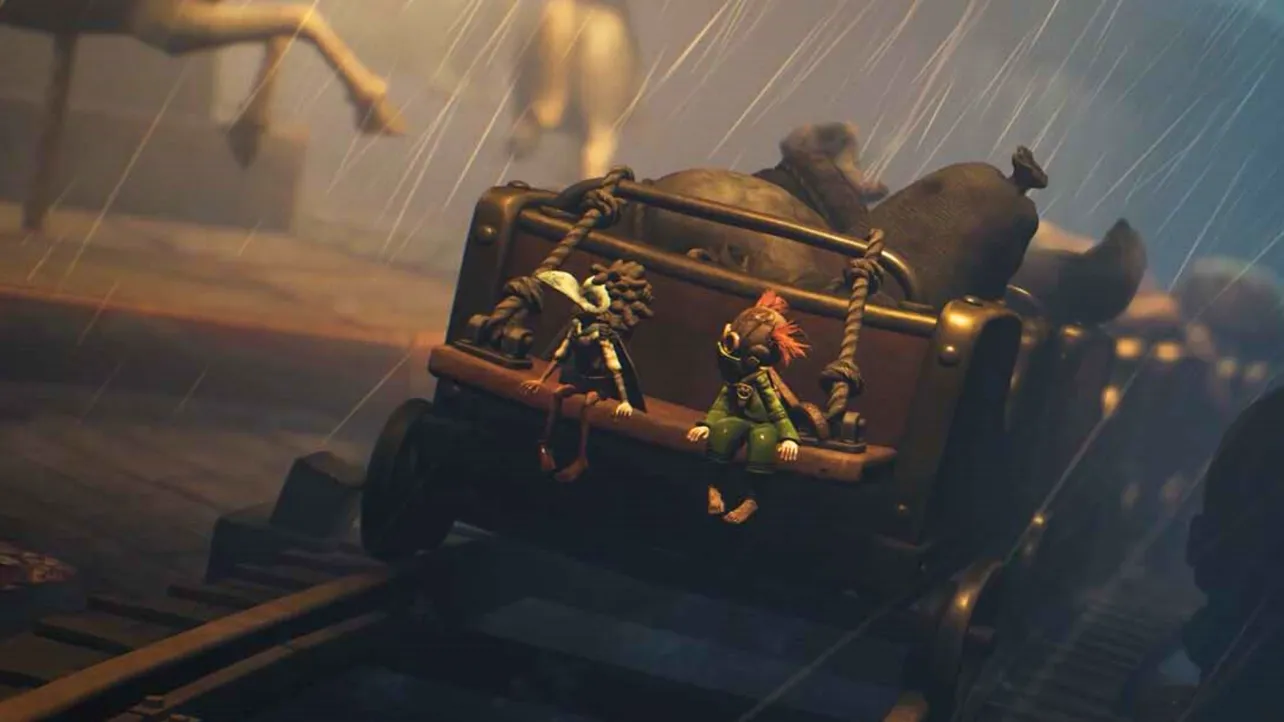Fans want a clean answer to a messy question: where does Little Nightmares 3 sit in the series timeline, and is it a prequel? The short version is that the studio hasn’t pinned Little Nightmares 3 to a specific point in the chronology. The game deliberately keeps its fiction malleable, and there’s no official statement that it happens before or after a particular entry.
What the series has already established
| Entry | Timeline status | Notes |
|---|---|---|
| Little Nightmares II | Prequel to Little Nightmares | Six appears younger; events precede Six’s journey on the Maw. |
| Little Nightmares (original) | Mainline starting point for Six | Six’s escape from the Maw defines many fan theories and callbacks. |
| Very Little Nightmares (mobile) | Side story | Ties into recurring imagery (yellow raincoat) without a fixed timestamp. |
| Little Nightmares 3 | Unspecified | New protagonists, new locales; no official placement on the timeline. |
One consistent thread across the games is the “Nowhere” — a dream-logic world that warps cause and effect. That elastic reality is part of why strict calendar-style ordering rarely matters in play, and why the canon often invites interpretation rather than stamping dates on events.
What Little Nightmares 3 actually shows its hand on
Little Nightmares 3 introduces two new leads — Low and Alone — and builds the adventure around cooperative puzzle-platforming. You can play online with a second person or solo with an AI partner. The duo have distinct abilities: Low wields a bow (to hit distant buttons, cut flimsy ropes, and occasionally target weak points), while Alone carries a wrench (to turn mechanisms, break glass or brittle walls, and finish off certain hazards as part of environmental solutions). The series’ trademark chase sequences and trial-and-error gauntlets return, and the tone still leans into murky, unnerving spaces and creatures that feel pulled from half-remembered nightmares.
What you won’t find spelled out is a datestamp relative to Six and Mono. The game keeps its world-building broad, preferring visual echoes and thematic rhymes over explicit timeline markers.
The leading fan theories (and what supports them)
- After Little Nightmares: Some players place LN3 after Six’s escape, arguing the series hints that Six remains tied to the Maw during this period, which could leave LN3 to explore adjacent threads. This is a read based on community synthesis rather than an announced detail.
- Parallel to LN1/LN2: Others see the new cast and familiar kinds of spaces as signs that LN3 unfolds in the same general era as the first two games — different corners of the Nowhere rather than a forward jump.
- Before Little Nightmares II: A smaller camp points to references fans read as nods to returning antagonists or professions (like a “doctor”) to argue LN3 could sit earlier, but that’s conjecture without explicit confirmation.
All of these interpretations lock onto the series’ fondness for mirrored motifs: recurring types of monsters, institutions, and props that blur where one story ends and another begins. None are canon until the developers say so in clear terms.
How to read timeline clues without overcommitting
If you want to hunt for in-game signals, look for concrete, repeatable anchors rather than vibes:
- Named figures and places reused between entries.
- Props with known provenance that change hands across games.
- Environmental storytelling that directly depicts the Maw, Transmission, or other signature locations — not just visual rhymes.
Note: The series regularly recontextualizes familiar imagery. A room that “feels” like a past location isn’t proof of sequence; it might be the Nowhere remixing fears.
Why an undefined placement actually fits Little Nightmares
Little Nightmares works best when it withholds: sparsely explained threats, dreamlike rules that shift underfoot, and endings that invite uncomfortable deductions. LN3 stays true to that approach. By keeping its placement unspoken, it leaves room for players to project meaning — and for future entries to stitch connective tissue on their own schedule.
The practical takeaway: treat Little Nightmares 3 as another window into the same haunted world rather than a chapter that must click into a rigid timeline. If a definitive placement comes later, it will be because the creators chose to anchor it, not because the game ever needed one to function.
If you’re deciding what to play first, the safe sequence remains Little Nightmares II followed by Little Nightmares, with Little Nightmares 3 standing on its own terms. Very Little Nightmares can be slotted in any time as a side story. Everything else is optional — and that ambiguity is part of the series’ charm.

